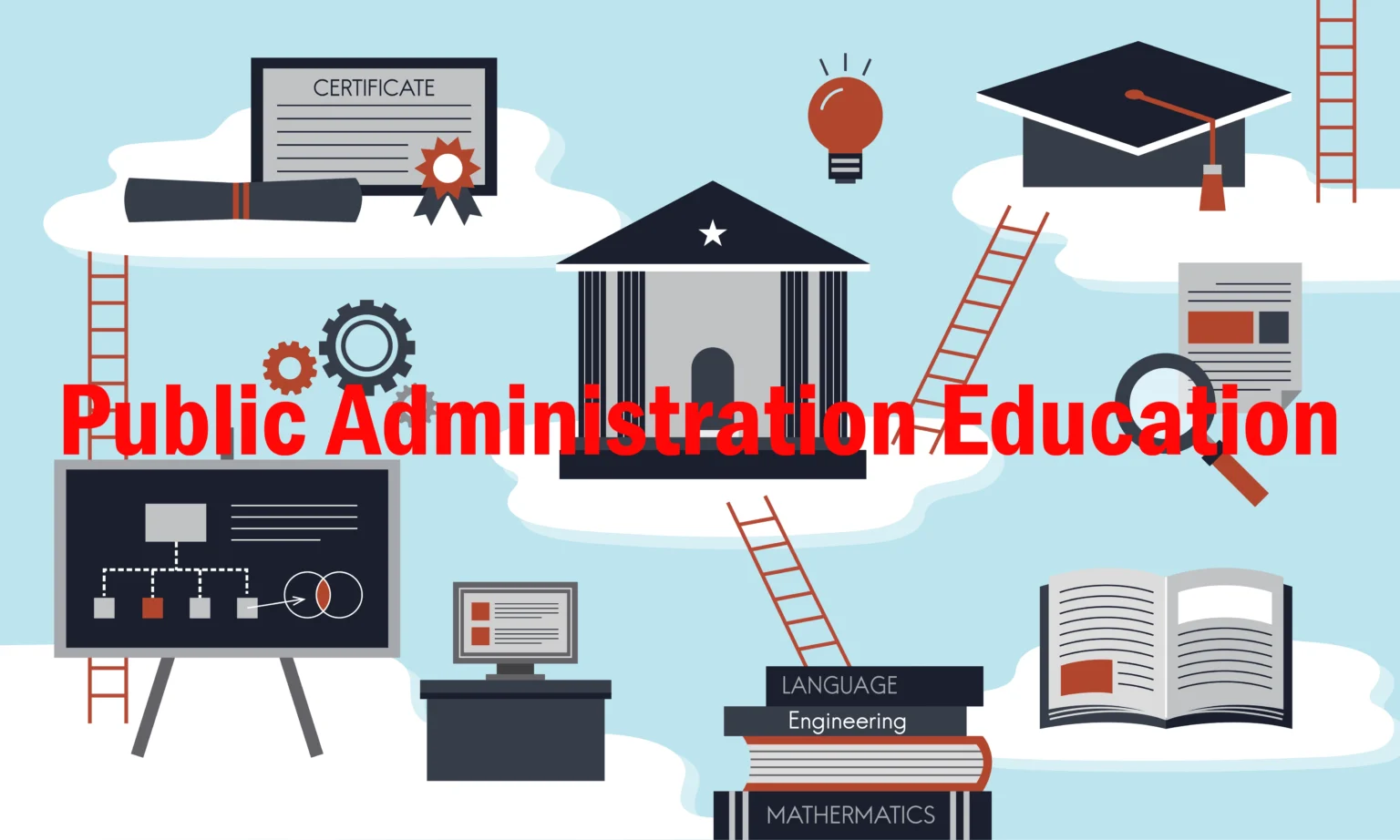Public administration, as a discipline, stands at the intersection of governance, policy-making, and the public interest. With increasing complexities in governance and the rise of global challenges, public administration education has undergone significant transformations over the years. From traditional classroom learning to online modules and interdisciplinary approaches, this field reflects the changes of a rapidly evolving world. Let’s embark on a comprehensive journey to understand this evolution and glimpse into the future.
The Foundations: Historical Overview

Public administration as a distinct field of study has its roots in the early 20th century, but the idea of organized governance goes back much further:
- Ancient Civilizations: From the structured governance systems of the Indus Valley and Mesopotamia to the administrative machinery of ancient Rome, organized administration has been a hallmark of advanced societies.
- Medieval and Renaissance Periods: As kingdoms expanded, the need for structured governance and specialized administrators grew.
- Modern Era: With the advent of democratic governments and complex socio-economic systems in the 20th century, public administration emerged as a formal discipline, paving the way for specialized education in this area.
Traditional Public Administration Education
In its nascent stages, public administration education was:
- Focused on Bureaucratic Systems: Early curriculums emphasized hierarchical systems, roles, and responsibilities.
- National-centric: Courses were designed with a specific focus on national administrative systems, with little emphasis on global governance or comparative administration.
- Largely Theoretical: Practical exposure and case-based learning were limited.
Transformational Forces in the Late 20th and Early 21st Centuries
Several factors led to a transformation in how public administration was taught:
- Globalization: With economies and policies becoming interlinked, public administration education had to adapt a more global outlook.
- Technological Advancements: The digital revolution introduced new tools and platforms for governance, necessitating changes in curricula.
- Rise of Civic Engagement: A shift towards participatory governance led to the incorporation of community engagement and public relations modules.
Modern-Day Public Administration Education: Characteristics and Trends
Today, public administration education is characterized by:
- Interdisciplinary Learning: Courses often integrate elements of economics, sociology, political science, and more.
- Practical Exposure: Emphasis on internships, field visits, and interactions with practitioners.
- Digital Integration: Online courses, digital tools, and modules on e-governance are common.
- Global Perspective: With modules on international governance, comparative public administration, and global policy challenges.
The Surge of Online MPA Programs
With the rise of digital platforms, online MPA programs have gained significant traction:
- Flexibility: Allowing in-service professionals and those from distant regions to pursue the course.
- Diverse Cohorts: Online platforms facilitate interaction among students from varied cultural, national, and professional backgrounds.
- Real-time Updates: Dynamic online syllabuses adapt to the latest trends and developments in the field.
Challenges and Opportunities in Public Administration Education
While the field has evolved, challenges persist:
- Bridging Theory and Practice: Ensuring that what is taught aligns with the practical needs of modern-day governance.
- Inclusivity: Making public administration education accessible to all, irrespective of socio-economic backgrounds.
- Future Preparedness: Anticipating future challenges, from climate change to technological disruptions, and incorporating them into curricula.
On the flip side, opportunities include:
- Collaborative Programs: Joint programs with other disciplines like technology, law, or environmental sciences.
- Specialized Courses: Modules focusing on niche areas like space governance, artificial intelligence in public services, or sustainable urban planning.
- Public-Private Partnerships: Collaborations with industries and NGOs for practical exposure and joint research initiatives.
The Road Ahead: Envisioning the Future
As we look ahead:
- Rise of AI and Machine Learning: Public administration education will need to equip future administrators with the skills to leverage these technologies for public good.
- Sustainability: With the global focus on sustainable development, courses will likely delve deeper into green governance and sustainable policy-making.
- Decentralized Governance: With more power being devolved to local bodies, there might be a rise in courses focusing on local governance, community engagement, and decentralized decision-making.
Conclusion: Adapting to an Ever-evolving Landscape
Public administration, as a field, has always mirrored the complexities of the societies it serves. Its education, therefore, has been, and will continue to be, in a state of flux, adapting, evolving, and innovating. As we stand at the cusp of numerous global challenges and transformations, public administration education isn’t just about producing skilled bureaucrats; it’s about molding visionary leaders, ethical policymakers, and agents of meaningful change.



